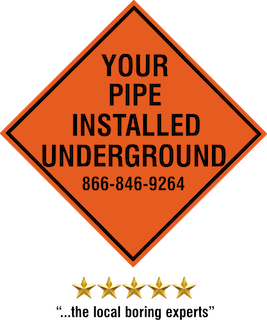Joint Trench: A Comprehensive Overview
A joint trench represents an integral and efficient component of underground infrastructure installation. In this technique, multiple utilities are grouped together in a single trench, providing a consolidated and cost-effective solution for underground construction. Let’s delve into the multifaceted aspects of Joint Trench using the provided terms:
- Planning and Coordination:
- Construction Site Development: Prior to initiating the trenching process, a comprehensive assessment of the construction site is conducted, determining the boreable areas and mapping out the intended trench’s path.
- Engagement of Entities: Companies, corporations, and co-ops bring together a team of pros and experts to plan the best approach for the joint trench installation.
- Trenching and Excavation:
-
- Conventional and Trenchless Techniques: Depending on the site’s conditions and the project’s requirements, conventional trenching might be employed. In situations where minimal surface disruption is desirable, trenchless methods like horizontal boring might be considered.
- Hand Digging and Hand Trenching: In areas with existing utilities or delicate infrastructures, manual methods are employed to ensure no accidental damage.
- Utility Placement and Integration:
-
- Ductbank Installation: One of the primary components in a joint trench is the ductbank, which houses multiple conduits to safeguard the different utilities.
- Conduit Housing: Conduits serve to protect and house various utilities such as electric cables, fiber optics (like FTTB, FTTH, or FTTCS), and provisions for electric vehicle charging stations.
- Specialized Utility Installations:
-
- Cable Plowing and Blowing Fiber: Cable plowing is a method to directly lay cables into the ground, whereas blowing fiber is a technique for inserting fiber optic cables within conduits, beneficial for telecommunication purposes.
- Integration of Smart Infrastructure: Provisions for small cell networks, essential for enhancing smart cities, and other modern utilities may be incorporated within the joint trench.
- Collaboration and Regulatory Adherence:
-
- Liaison with Government Bodies: Necessary permits and clearances from local or state government, especially near highways or interstates, are secured prior to the commencement of work.
- Subcontractor Collaboration: Expertise of subcontractors might be employed, especially for specialized utilities or in specific stages of the joint trench installation.
- Post-Installation Activities:
-
- Landscape Restoration: After the utilities have been installed and the trench backfilled, landscaping efforts restore the site to its original aesthetic or even improve it.
- Manhole Rehabilitation and Placement: Manholes are rehabilitated or installed new for easy access to the underground utilities, ensuring maintenance becomes a hassle-free process.
- Emergency and Maintenance Protocols:
-
- Emergency Readiness: With systems in place to address emergencies ASAP, any unexpected disruptions or damages can be swiftly managed.
- Routine Maintenance and Inspections: Regular checks are instituted to ensure the longevity and optimal functionality of the installed utilities.
In summation, Joint Trench is a holistic approach to underground construction. It synergizs different utilities into a singular trench, optimizing cost, time, and space, while ensuring a comprehensive integration of modern infrastructure elements, from electric charging stations to advanced fiber networks.


